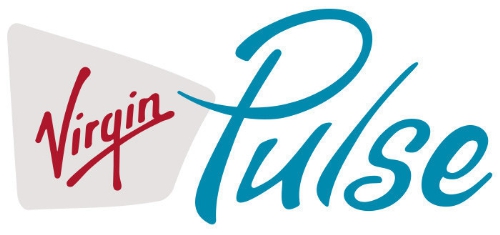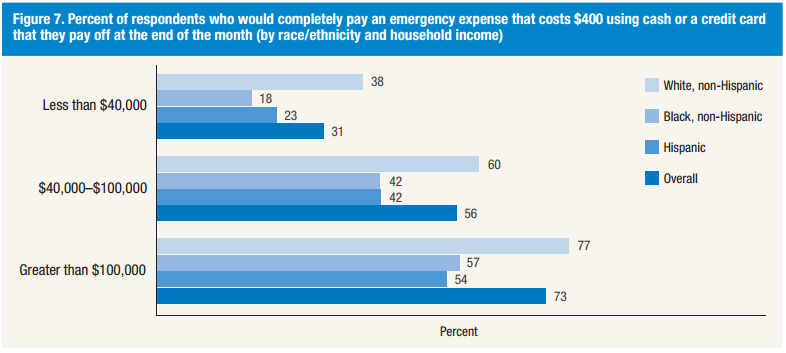
Virgin Pulse (PRNewsFoto/Virgin Pulse)
Workplace well-being programs are going beyond physical wellness, incorporating personal stress management and financial management. Nearly one-half of employers offer these programs in 2015. Another one-third will offer stress management in the next one to three years, and another one-fourth will offer financial management to workers, according to Virgin Pulse’s 2015 survey of workplace health priorities, The Busness of Healthy Employees.
The survey was published June 1st 2015, kicking off Employee Wellbeing Month, which uses the Twitter hashtag #EWM15. It takes a village to bolster population health and wellness, so Virgin Pulse is collaborating with several partners in this effort including STOP, Strategies to Overcome and Prevent Obesity Alliance; Partnership to Fight Chronic Disease; and, WorldatWork. Workforce magazine also worked on the project.
Among the top well-being programs companies are offering workers, the fastest-growing are physical activity (offered by 53% of employers in 2014, up to 58% in 2015), financial management (38% in 2014, 45% in 2015), stress management (40% in 2014, 45% in 2015), health coaching (39% in 2014, 44% in 2015), and time management, growing from 14% of employes in 2014 to 20% in 2015.
Employees say that the most important benefits of health and well-being programs are improving health (among 96% of workers), increasing energy (93%), earning incentives (91%), managing stress levels (80%), and joining in the competitive elements of the programs (48%).
For employers, the top drivers are keeping health care costs in check (52%), driving employee engagement (40%), and positively impacting work culture (34%).
 Health Populi’s Hot Points: Kudos to the employers that recognize the economic fragility still impacting U.S. households in the post-Recession economy. The latest profile of American household finances was published in the U.S. Federal Reserve Report on the Economic Well-Being of U.S. Households in 2014, published in May 2015 and based on data surveyed in November 2014.
Health Populi’s Hot Points: Kudos to the employers that recognize the economic fragility still impacting U.S. households in the post-Recession economy. The latest profile of American household finances was published in the U.S. Federal Reserve Report on the Economic Well-Being of U.S. Households in 2014, published in May 2015 and based on data surveyed in November 2014.
More people see themselves better off in 2014 than in 2013: 40% of people in the U.S. saw themselves “better off” financially in 2014 compard with 31% saying so in 2013.
The report also found that 25% of Americans say they’re living comfortably and 40% are “doing okay.” However, the remaining one-third of people are feeling financially stressed, either just getting by (24%) or finding it difficult to get by (10%).
But financial unwellness extends to peoples’ ability to pay for health care in America, where one-third of consumers went without some type of health care in the previous year due to inability to afford it. Dental care, shown in the bar chart, was avoided by the largest percentage of consumers due to cost, followed by seeing a doctor, filling a prescription medication, or seeing a specialist.
Note that a $400 emergency was seen to be a financial challenge for 47% of Americans, who said they could not cover a $400 emergency expense using cash.
Financial health for health care spending is the biggest problem among families with less than $40,000 in household income who were not insured (52% of this group), but note that 34% of people who were uninsured in households with over $100,000 of income also avoided health care due to cost.
Employers’ growing focus on financial health and stress could help address this nexus of health costs for both the insured (esp. the underinsured, as I wrote about here on Having Health Insurance – a new personal financial risk? for Intuit).




 I am so grateful to Tom Lawry for asking me to pen the foreword for his book, Health Care Nation,
I am so grateful to Tom Lawry for asking me to pen the foreword for his book, Health Care Nation,  I love sharing perspectives on what's shaping the future of health care, and appreciate the opportunity to be collaborating once again with Duke Corporate Education and a global client on 6th May. We'll be addressing some key pillars to consider in scenario planning such as growing consumerism in health care, technology (from AI to telehealth), climate change, and trust -- the key enabler for health engagement or dis-engagement and mis-information. I'm grateful to be affiliated with the corporate education provider
I love sharing perspectives on what's shaping the future of health care, and appreciate the opportunity to be collaborating once again with Duke Corporate Education and a global client on 6th May. We'll be addressing some key pillars to consider in scenario planning such as growing consumerism in health care, technology (from AI to telehealth), climate change, and trust -- the key enabler for health engagement or dis-engagement and mis-information. I'm grateful to be affiliated with the corporate education provider  Thank you FeedSpot for
Thank you FeedSpot for